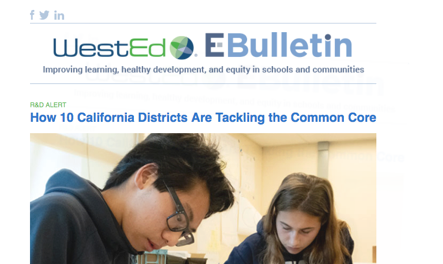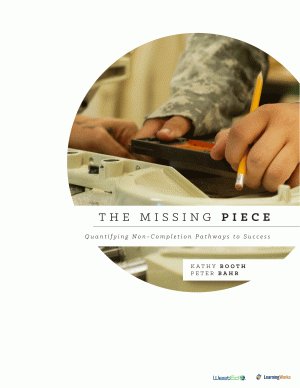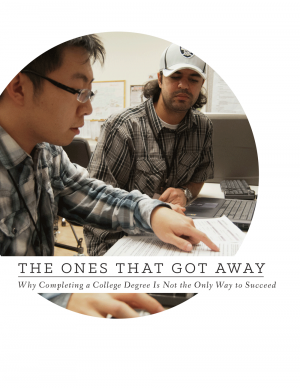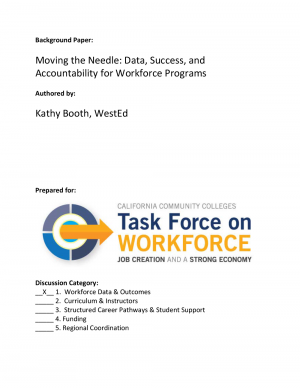From College to Jobs: Making Sense of Labor Market Returns to Higher Education
Description
Evidence shows that, on average, a college education pays off for individuals and entire communities.
However, while most students benefit from higher education, other students—especially those from underserved populations—take on high debt loads to enroll in postsecondary programs of questionable value.
So, what is the best way to gauge the value of a college education?
This report looks at two important measures: the rate of employment and accompanying earnings of college graduates.
Presented in eight short papers by leading experts in the field, this report provides a timely perspective on the trends, technical challenges, and potential benefits associated with using labor market outcomes data to assess the value of postsecondary education.
Some Key Findings
- Students follow many varied pathways to credentials, and some pathways—even those resulting in the same degree—offer better labor market outcomes than others.
- College completion generally pays off, but it may not be the only metric of success.
- In some cases, clusters of courses not leading to a specific credential provide significant boosts in employment and earnings.
- Skills valued by employers are not always confined to a given field of study—competencies associated with STEM degrees, for example, are highly valued across many non-STEM fields and occupations.
WestEd’s Kathy Booth coauthored the first paper presented in this resource.
Resource Details
Product Information
Copyright: 2015Format: PDF
Pages: 48
Publisher: The Aspen Institute
Stay Connected
Subscribe to the E-Bulletin and receive regular updates on research, free resources, solutions, and job postings from WestEd.
Your download will be available after you subscribe, or choose no thanks.







